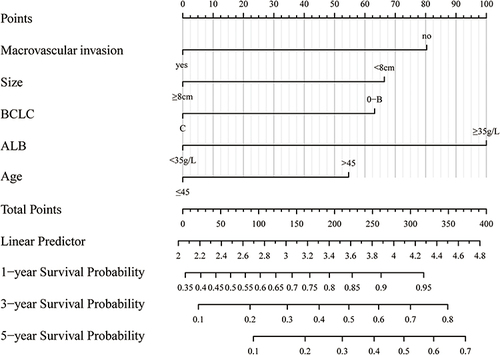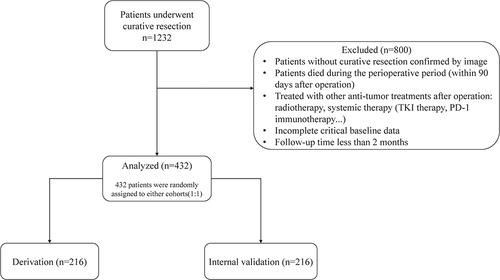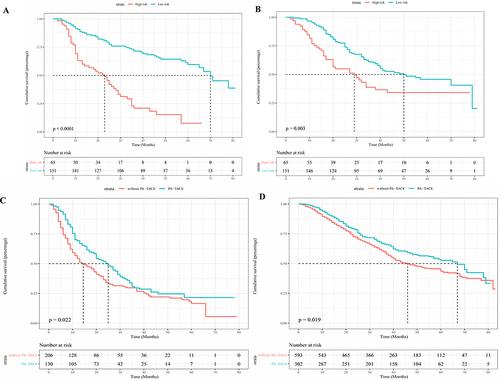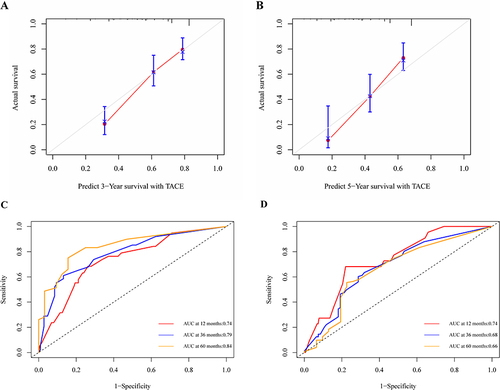Figures & data
Table 1 Baseline Characteristics of Study Patients
Figure 2 The difference in OS between the training and validation sets examined by Kaplan-Meier survival curves (A). Kaplan–Meier survival curves for PA-TACE’s impact on OS of the patients (B).

Figure 3 The value of the correlation coefficient between variables is displayed in the form of a heat map, and the value is mainly expressed by color depth.
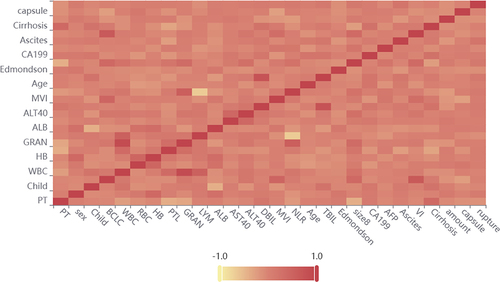
Figure 4 28 prognostic factors’ expression patterns (A). The LASSO model’s 10-fold cross-validation for selecting variables (B).
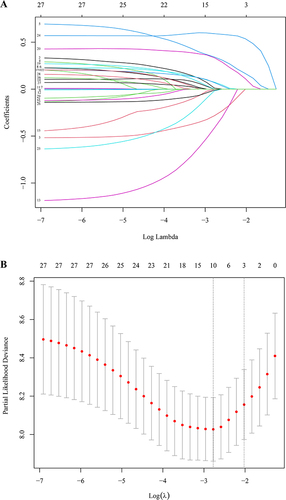
Table 2 Uni- and Multivariate Analysis for Overall Survival in the Derivation Cohort
Figure 5 Nomogram for predicting OS in HBV-HCC (hepatitis B virus-associated hepatocellular carcinoma) patients with PA-TACE.
